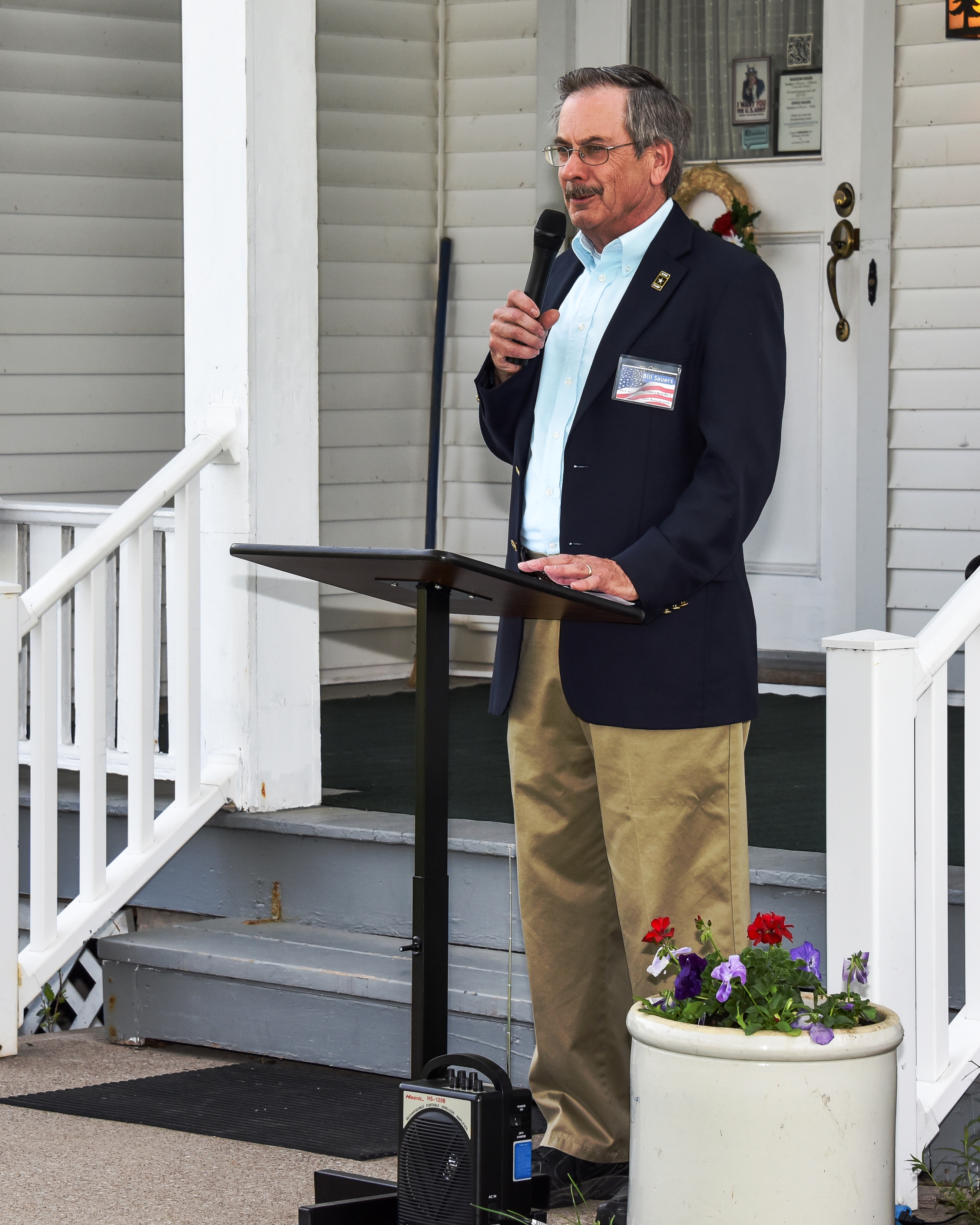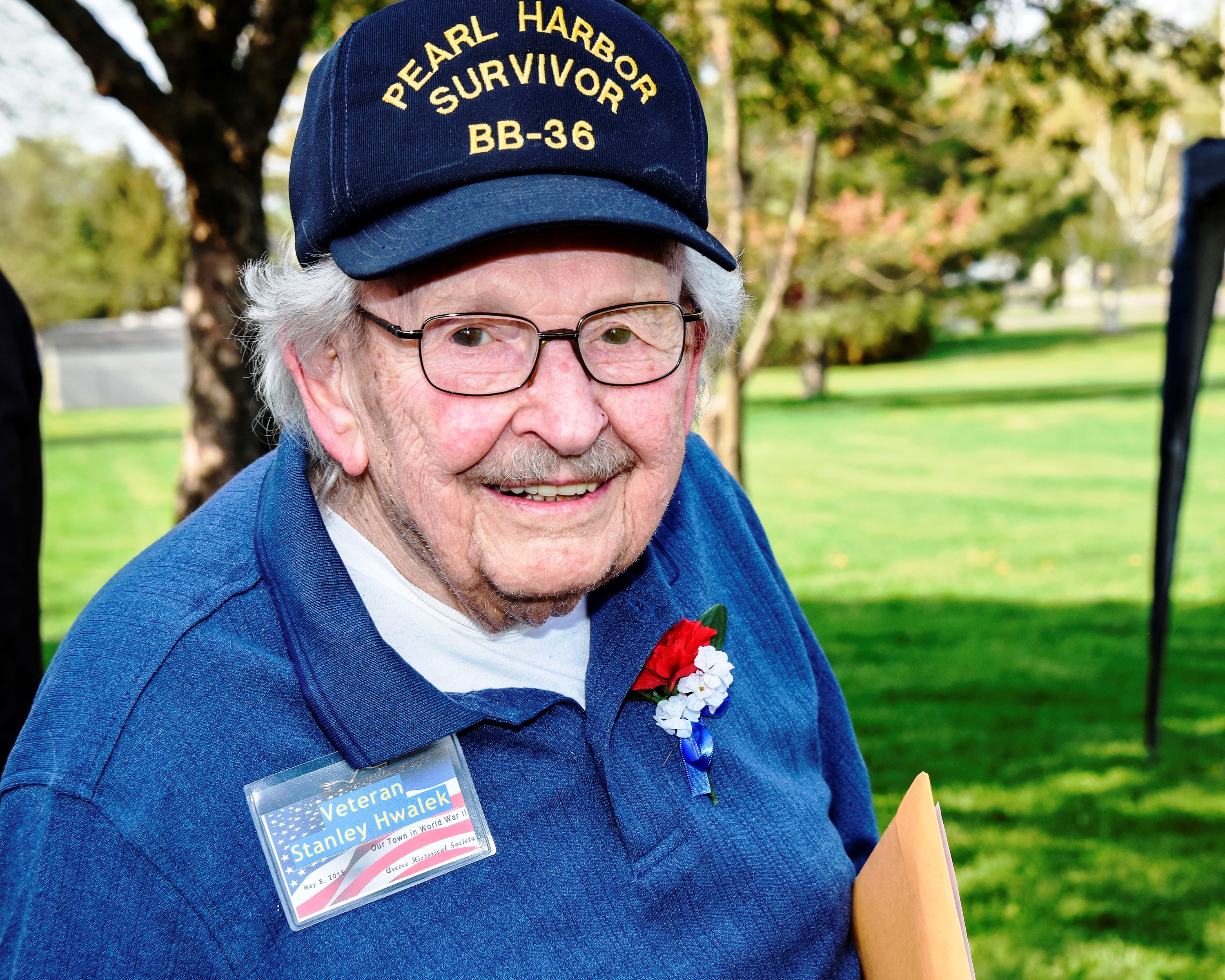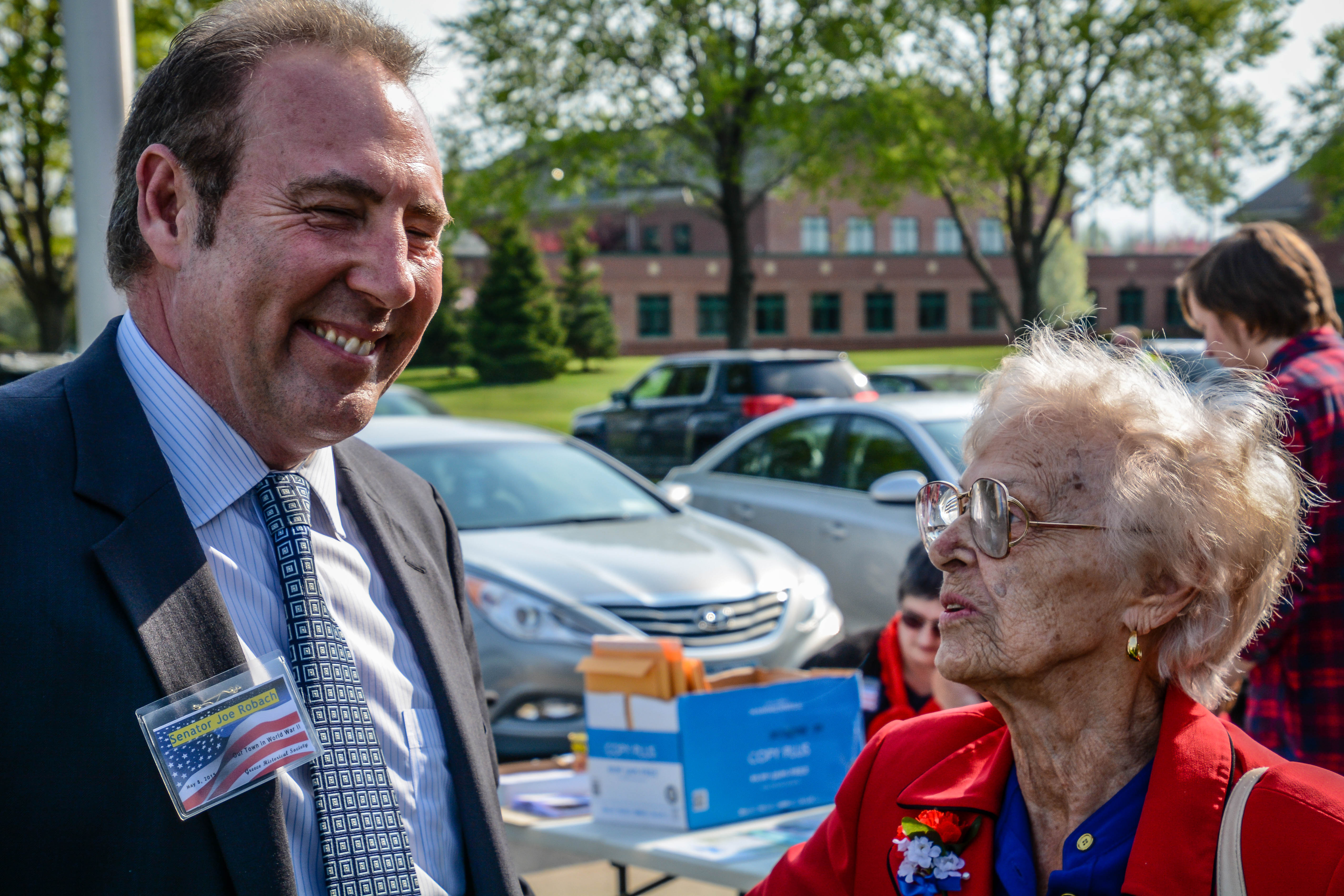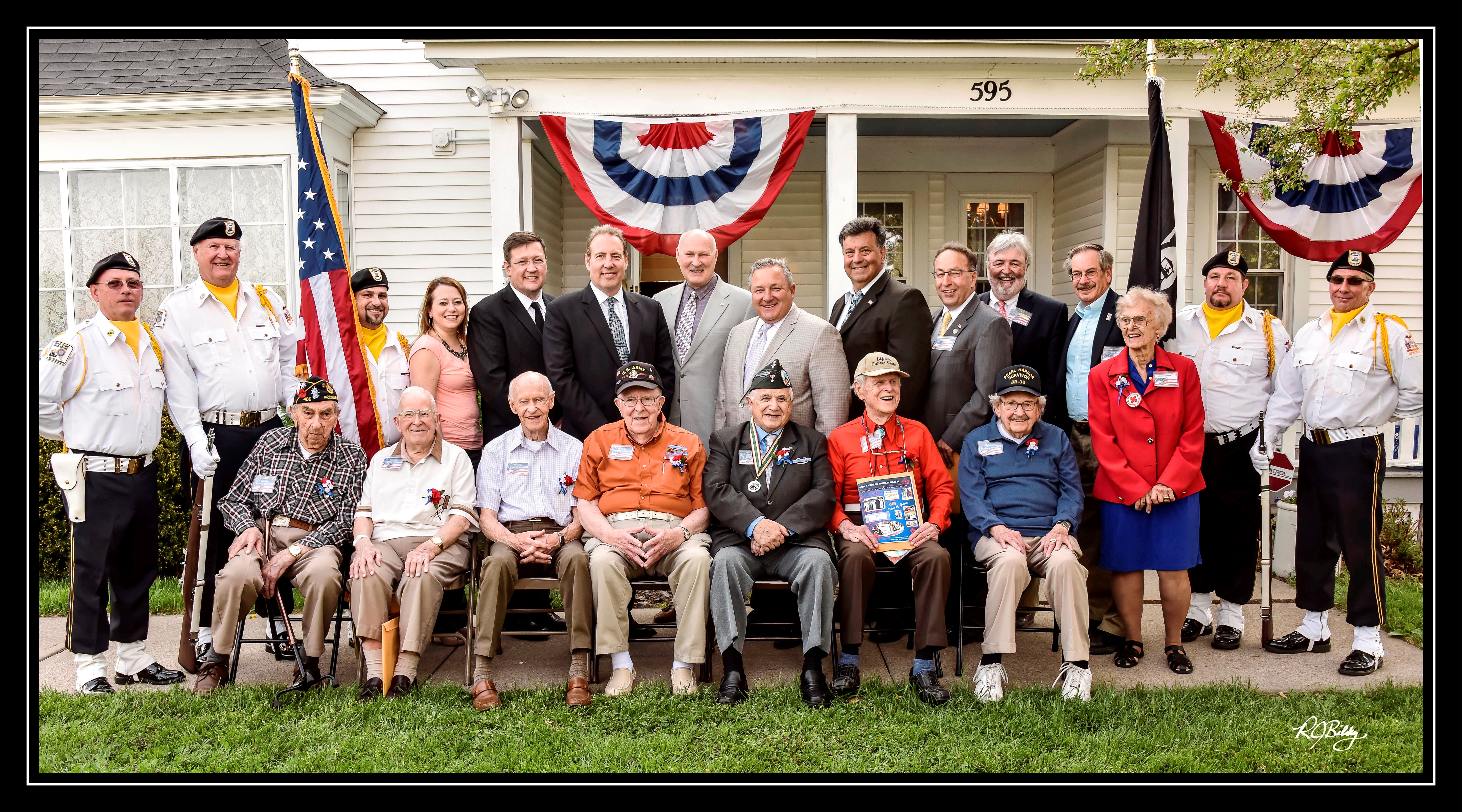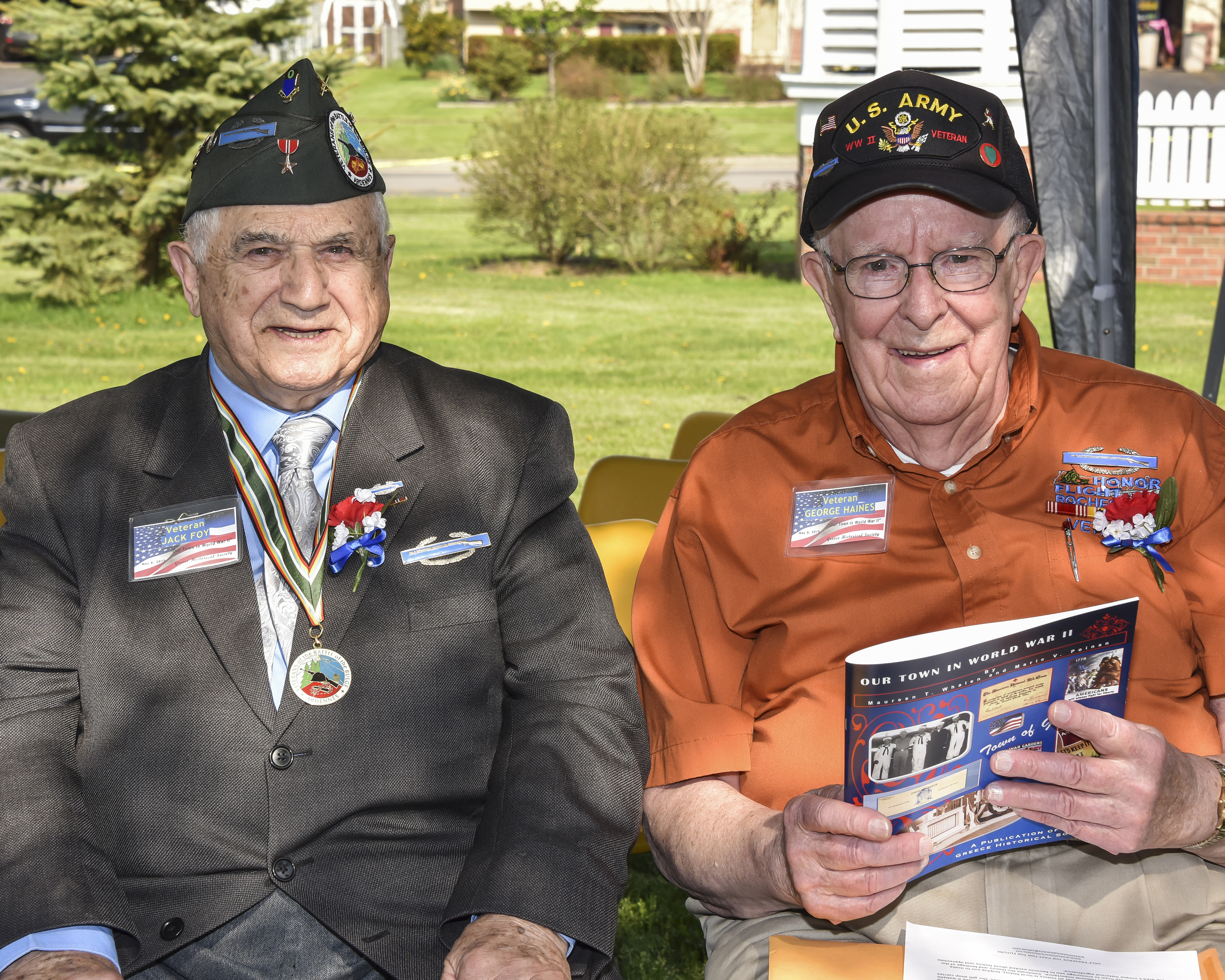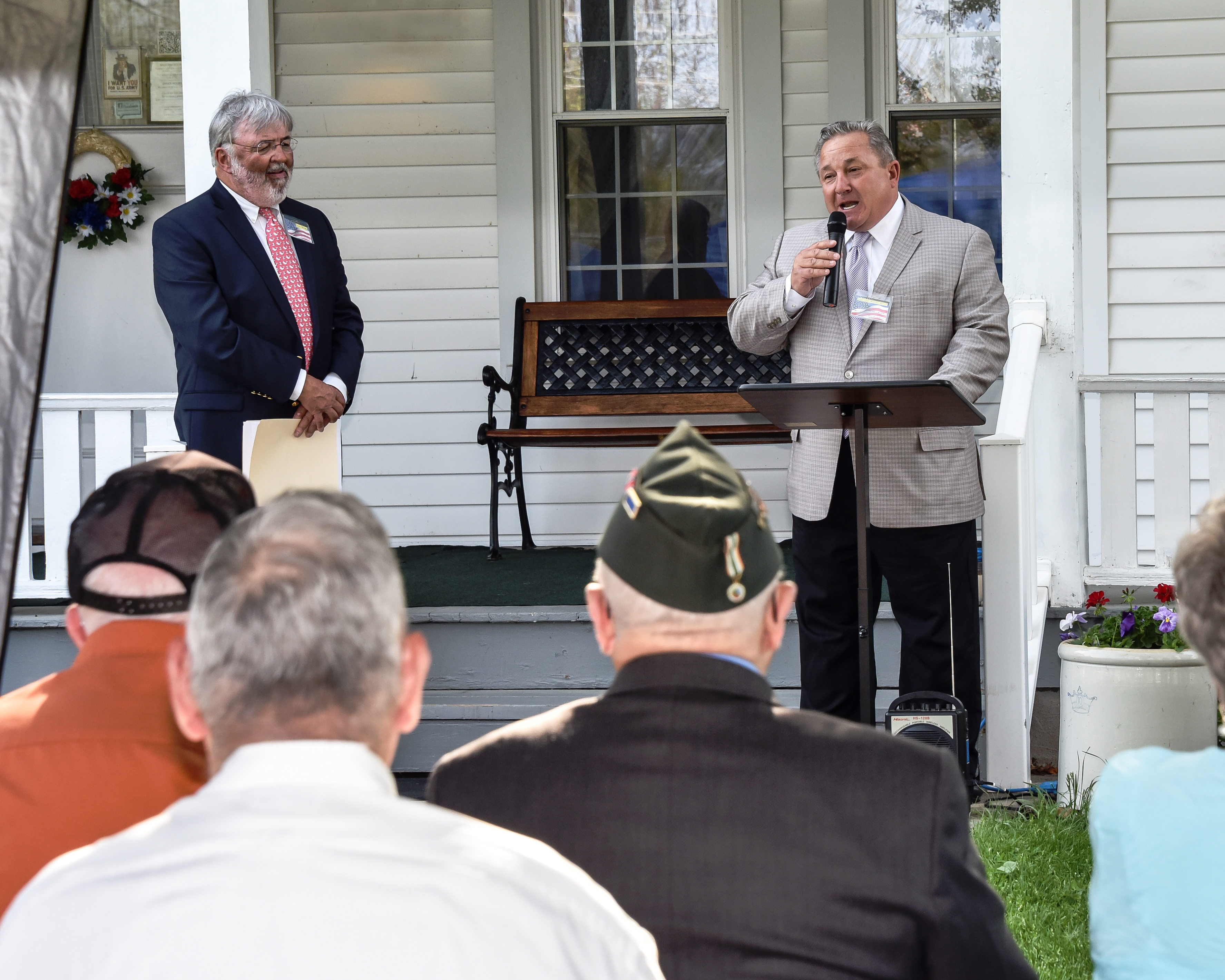Today we’ll tell you about the town of Greece during World War II.


Encompassing more than 50 square miles, the town of Greece in 1940 was primarily made up of farms and the population was 14,925 as of the 2010 census the town of Greece’s Population was 96,095 people that’s 3,905 people shy of 100,000 people in the town.
The town was protected by a ten-member police force led by the town’s first police chief, Milton Carter, and four volunteer fire companies.



There were nine churches. However, there was no town public library, nor high schools; students attended Charlotte or John Marshall High Schools in the city.
That meant if you went to school at one of the many smaller elementary schools or 1 and 2-room schools in the town of Greece you by the time it came for 9th grade you would either end up doing trade by the 9th grade or attend High School at Charlotte High School on Lake Ave in the Villiage of Charlotte prior to 1916 and in 1916 it would have been under the City of Rochester or attended John Marshall High School on Ridgeway Ave in the City of Rochester. More on the education system prior to the modern education system in a 2 part snapshot coming soon.
There were 39 registered organizations for men, women, and young people including a large chapter of the American Legion, eleven PTAs, political clubs, Grange Hall, Boys and Girls Scouts, and Fireman’s Associations as well as 38 church-related groups.

That All changed on December 7, while it was just getting to lunchtime on the East Coast the sun was just coming, on that day Stanley Hwalek one of the veterans that we interviewed for the exhibit was stationed at Pearl Harbor here is a quote from him in 2015 for the exhibit and you can read his entire veteran’s profile by picking up a copy of Our Town in World War 2 book in the museum gift shop.
“Well, December 7th was just a regular Sunday morning. We were up at 6:00 because on Sundays they let us sleep a half hour longer. Usually during the rest of the week, reveille was at 5:30, but Sunday you were able to sleep until 6 o’clock and they had breakfast from 6:30 until 7:30. After breakfast, I went out on deck with one of my shipmates and I had the morning newspaper. As I’m reading the paper there about 7:30 or so I looked up, we were near this Navy air station at Ford Island, I saw a lot of smoke coming out of the hangars. I said to my shipmate, ‘Look. The Army must be having maneuvers or something because they’re making a lot of smoke out there.’ All of a sudden a plane comes over our ship and starts strafing.”
Stanley was one of the many veterans that survived the attack at Pearl Harbor that December 7th, 1941. On Monday, December 8th, 1941 in a full joint session of Congress President Franklin Delano Roosevelt addressed the Nation and asked for Congress to approve the Declaration of War against Japan and to respond to the attacks at Pearl Harbor.

Grecians answered the call to join the war effort. By March 1942, 1500 men and women had volunteered for civilian defense positions.
By the end of 1944, town residents had collected 165.5 tons of scrap metal, 384 tons of waste paper, 3 tons of rubber, 4 tons of old rags, and 200 bags of milkweed. This gun, captured from Germany during World War I, was donated to the war effort for scrap metal. These stats are from Accept, Buy and Volunteer: The Homefront Experience of the Town of Greece, New York, 1941-1945 by Timothy Dobbertin.
You can read also read the following article that the Society’s President Bill Sauers wrote and published in the Greece Post titled “A German Gun Helps Win the War” about Police Chief Milton H. Carter, who acquired a 105 mm German Howitzer. https://greecehistoricalsociety.org/2008/11/13/a-german-field-gun-helps-win-the-war/


Residents were encouraged to plant Victory Gardens with vegetables, but to also continue to grow ornamental flowers as they would be morale boosters.

By the spring of 1942, 300 had enrolled. By the spring of 1944, there were more than 25 acres of Victory Gardens under cultivation in the town.
The Odenbach Shipyard was the main employer in Greece during the war years, employing thousands of workers at the 4477 Dewey Avenue plant. They made cargo barges, Y-boats, and cranes for the United States Army. At the height of production, they averaged one ship every two weeks.
Kodak, Bosch & Lomb, were also employing workers from Greece and other parts of the community as well but because of the City Annexation of where Kodak’s Lake ave facilities were, they were no longer considered the main employer located in the town boundaries.


Almost 2,000 town residents served in the military.

Families waited at home hoping and praying for the safety of their husbands, sons, and brothers.

Thirty-four Greece residents made the ultimate sacrifice for their county. They were:

































Clip 45:

Of the 16 million Americans who served in World War II, there are now only about 150,000 still living. In 2015 to mark the 70th anniversary of VE day, the Greece Historical Society opened Our exhibit, Our Town in World War II.

Twelve veterans of the war were interviewed for the exhibit. Today, only one of them is still living. But their recorded interviews are available at our museum.
You can explore a digital copy of the museum exhibit that is located in the past exhibits section.
We had a great turnout for the exhibit and when the museum went to the Museum Association of New York the following year we received an award for the exhibit.
You may read about these vets and Greece during the war years in the Society’s publication Our Town in World War II by Maureen Whalen and Marie Poinan.
Thank you for joining us today. Next week our topic is Paddy Hill, What a journey we have had so far exploring the History of Greece through each snapshot that Maureen Whalen and myself Pat Worboys, and thanks to Joesph Vitello, William Sauers, and many our other contributors to these snapshots. These help you learn what life was like through different eras in the town of Greece.




